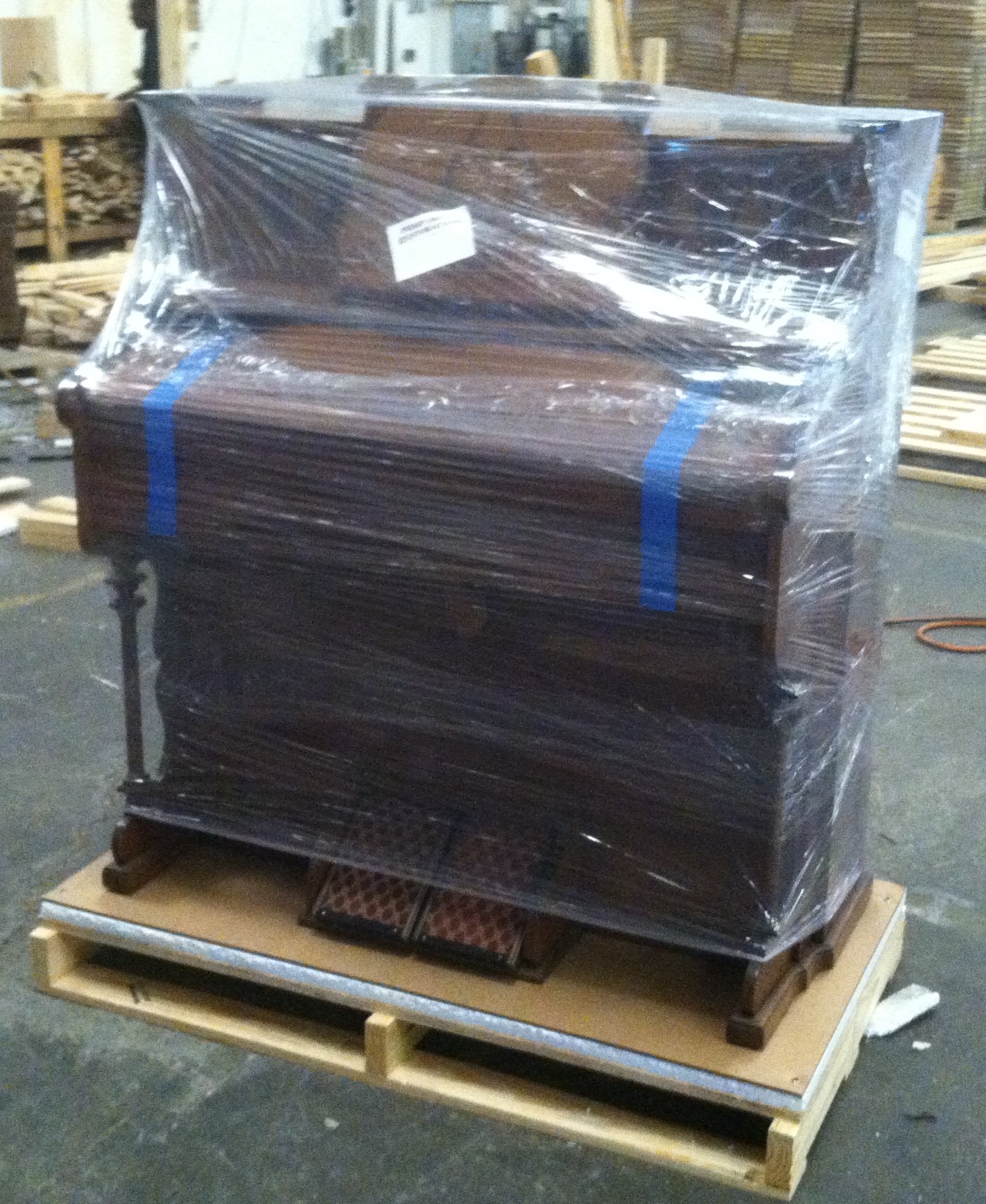|
Antique Organs |
Antique Organs |
Commonly Used Pump Organ Stop Face Names
From about 1840 to the early 1920s, American pump organ manufacturers (which would eventually be numbered in the hundreds) used approximately 90 different names to identify a wide variety of different musical tones and pitches. These names would then be placed on the front of an organs draw knobs, or stops, indicating the sound that would be created if that stop was activated. These name labels (usually printed in Old English) were known as “stop faces.” Below are approximately 40 different stop face names that were commonly used by American pump organ makers. It’s important to point out that not all single rank pump organs (those having only one row of keys) had the same number of stops. Some might have just a few, while others might have as many as 19. The more stops an organ had, the wider variety of sounds it was capable to making.
| |||
Click Here & Email Me Your Questions
Learn more about the Customer's Restoration Photo Album CD!
(click picture to view)
See my crate building process for shipping restored organs

KI4LUK
Pump Organ Restorations
Rod Fudge, Owner and Technician
www.pumporganrestorations.com
All content Copyright © 2009-2023 Pump Organ Restorations · All Rights Reserved · Site Map
Hosted by Bluehost


